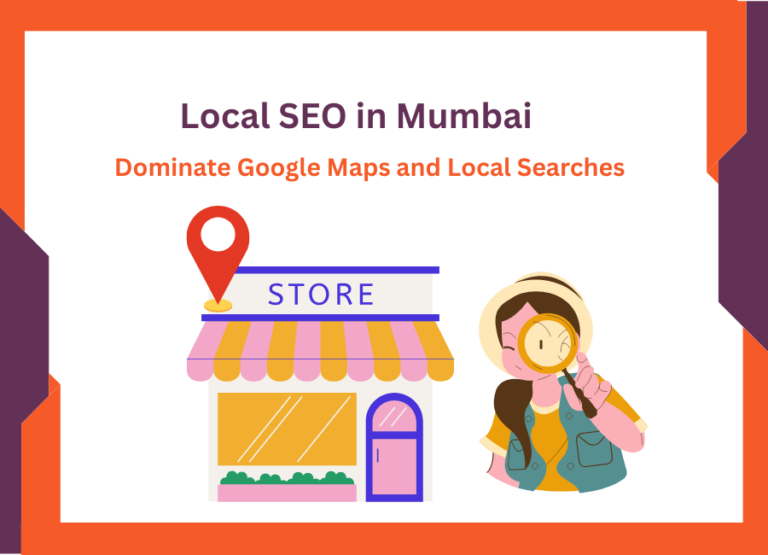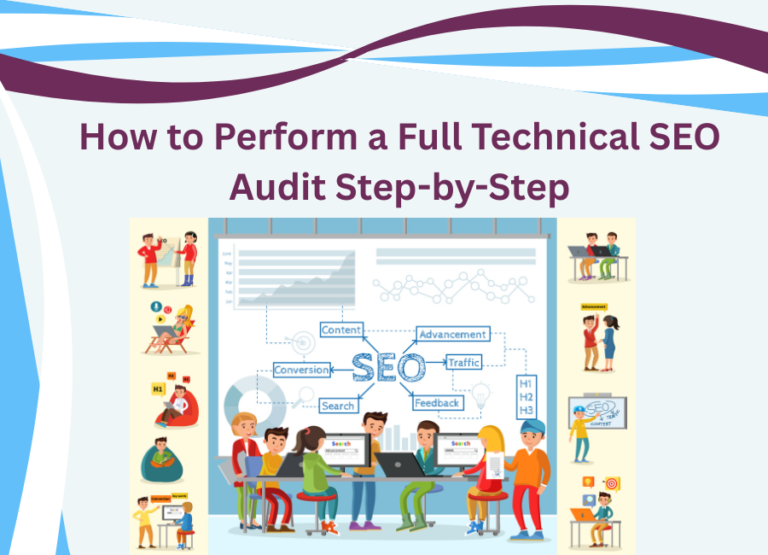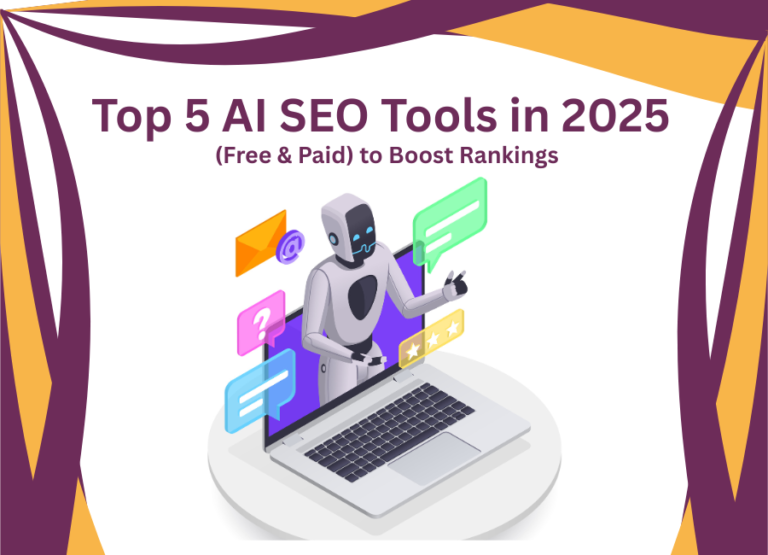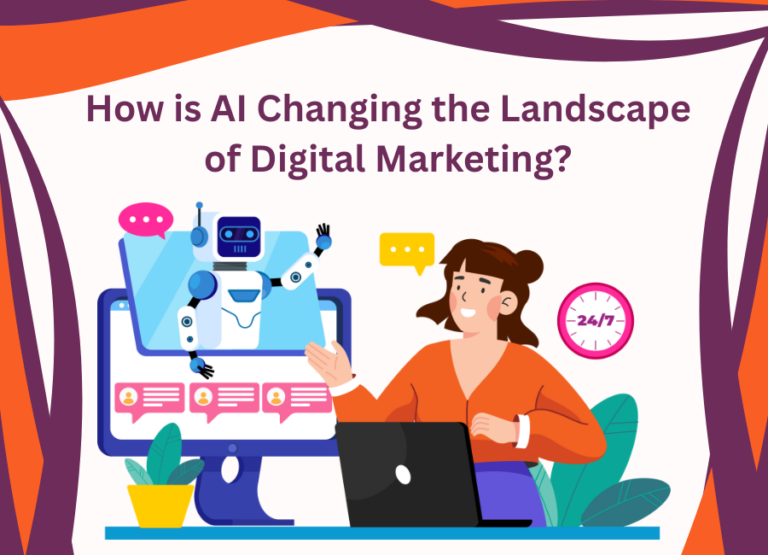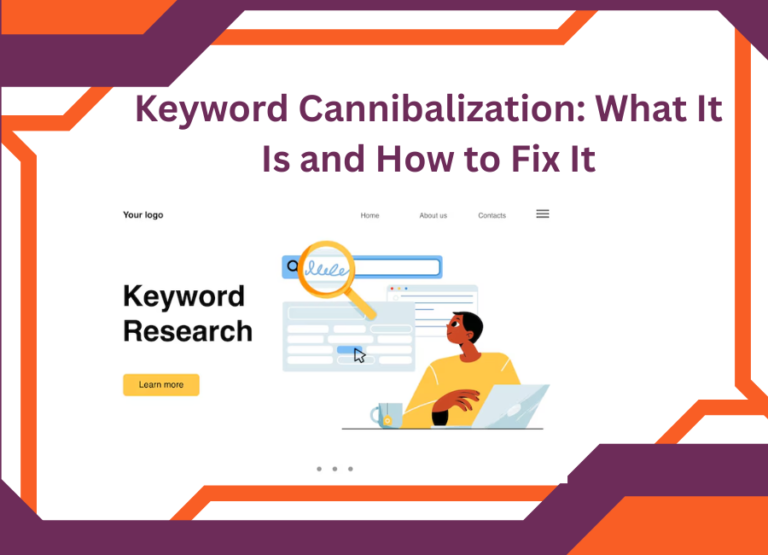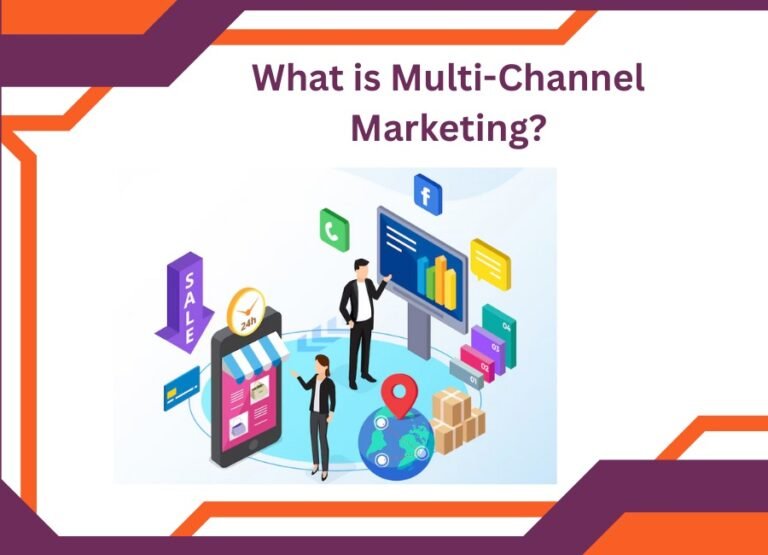Multi-channel marketing is a strategy where businesses use multiple platforms—such as email, social media, websites, and physical stores—to reach and engage with their customers. Each channel operates independently, allowing customers to interact with your brand wherever they prefer. It helps increase brand visibility, customer reach, and ultimately, conversions.
Everything You Need to Know About Multi-Channel Marketing
In today’s digital-first world, reaching your customers through just one channel is no longer enough. Multi-channel marketing allows businesses to engage with customers through multiple touchpoints—be it Google Ads, Facebook, email newsletters, or even offline events.
What is Multi-Channel Marketing?
Multi-channel marketing involves interacting with potential customers across various platforms independently. The idea is to meet your audience where they are, whether it’s on Instagram, LinkedIn, or even a trade show. Each channel works on its own but shares the same messaging to build brand recognition.
How to Do Multi-Channel Marketing?
To successfully execute a multi-channel marketing campaign, follow these steps:
Identify Your Audience: Understand where your target customers spend their time.
Select the Right Channels: Choose platforms that align with your product and audience behavior (e.g., Instagram for visuals, LinkedIn for B2B).
Consistent Messaging: Tailor content for each channel while keeping the core message consistent.
Use Analytics Tools: Track the performance of each channel separately to measure ROI.
Invest in SEO: Use the expertise of the best SEO company in Mumbai to ensure your website ranks across all search engines.
Multi-Channel Marketing Strategies
To build a successful multi-channel marketing approach, businesses need to implement a combination of online and offline strategies that engage users across various touchpoints. The goal is to be present where your audience is, using each channel’s unique strength to drive visibility, awareness, and conversions. Below are key strategies for a robust multi-channel presence:
1. Social Media Advertising (Facebook, Instagram, LinkedIn):
Each social platform serves a different segment of your audience. Facebook and Instagram are great for brand awareness and product storytelling through visuals, reels, and sponsored posts. LinkedIn is especially effective for B2B marketing, helping you reach decision-makers and industry professionals. By tailoring your messaging per platform and using targeted advertising, you can engage different audience segments effectively.
2. SEO-Focused Content Marketing (Blogs, Landing Pages):
High-quality content optimized for search engines helps increase organic visibility. Blogs educate your audience, build authority in your niche, and drive traffic to your website, while landing pages serve as conversion-focused entry points for campaigns. Partnering with the best SEO company in Mumbai ensures that your content ranks well and attracts the right audience at every stage of the funnel.
3. Email Campaigns with CTAs:
Email remains one of the highest-ROI marketing channels when used correctly. Through personalized newsletters, promotional offers, or follow-ups, you can nurture leads and guide them toward a purchase. Strong call-to-actions (CTAs) and segmented email lists help deliver the right message to the right person at the right time.
4. Offline Promotions (Events, Print Ads):
Despite the digital focus, offline channels like trade shows, newspaper ads, and brochures still play a powerful role—especially for brands targeting local or regional audiences. Offline marketing creates tangible touchpoints that can reinforce digital efforts, especially when QR codes or web links bridge the gap between offline and online experiences.
5. PPC Ads on Google to Capture High-Intent Leads:
Pay-per-click (PPC) advertising on Google ensures that your business appears right when someone is searching for products or services like yours. By targeting specific keywords and search intent, PPC campaigns can drive highly qualified traffic to your site. When combined with SEO services in Mumbai, PPC can further enhance your visibility and offer instant traction while SEO builds long-term value.
Brand Example – Nike
Nike is a great example of multi-channel marketing. The brand uses Instagram for lifestyle content, email for exclusive offers, retail stores for physical presence, and a mobile app for loyalty engagement—all functioning separately yet building toward the same goal.
What is Cross-Channel Marketing?
While multi-channel marketing focuses on presence across platforms, cross-channel marketing takes it a step further by integrating the customer experience across those platforms. It ensures a seamless journey—for example, someone clicks on a Facebook ad, receives a personalized email follow-up, and completes the purchase on your website.
Benefits of Cross-Channel Marketing
- Improved User Experience:
Cross-channel marketing creates a seamless and personalized experience for the user by integrating touchpoints across platforms. When a customer receives a social media ad, follows it up with a targeted email, and then lands on a tailored webpage, the journey feels intuitive and relevant. This consistency builds trust and strengthens the customer-brand relationship. - Higher Conversion Rates:
When your marketing channels work in harmony, customers receive consistent messaging and fewer disruptions in their journey. This alignment reduces drop-offs and confusion, ultimately leading to higher conversions. For example, a user who browses a product on your website might receive a reminder on Instagram, followed by an email with an offer—nudging them towards the final purchase. - Unified Customer Data:
Cross-channel strategies collect and sync user data across platforms—social media, website behavior, email responses, and ad clicks. This unified view allows brands to better understand user behavior, preferences, and pain points, enabling hyper-personalized marketing that resonates with each individual user. Better ROI from SEO Services in Mumbai (When Integrated with PPC and Email Campaigns):
SEO doesn’t work in isolation. When combined with PPC advertising and email marketing, the ROI increases significantly. SEO-optimized landing pages enhance PPC performance by improving Quality Scores and lowering ad costs. Similarly, linking SEO content in your email campaigns can drive organic traffic and keep customers engaged. By hiring expert SEO services in Mumbai, businesses can ensure that their content strategy supports all other channels in the funnel.
Brand Example – Starbucks
Starbucks seamlessly connects mobile app orders, email offers, and in-store purchases. Their loyalty program works across all channels, creating a unified customer journey—an ideal example of cross-channel marketing.
Why Multi-Channel and Cross-Channel Marketing Matter for SEO?
Strong SEO acts as the foundation for all your digital channels. Without organic visibility, your website won’t attract traffic—even if you’re present on 5 other platforms. Hiring the best SEO company in Mumbai ensures your brand gets found, indexed, and ranked.
Similarly, SEO services in Mumbai help in:
Boosting organic traffic to your website and landing pages
Supporting PPC campaigns through keyword data
Enriching email marketing content with high-ranking blog links
Improving local discoverability via Google Business Profile
Conclusion
In today’s competitive landscape, relying on a single marketing channel is no longer enough. Multi-channel marketing ensures your brand stays visible across multiple platforms—social media, email, SEO, PPC, and offline channels—while cross-channel marketing takes it further by creating a seamless, integrated customer experience.
By leveraging both strategies, businesses can:



For optimal results, combine these approaches with strong SEO practices (like hiring the best SEO company in Mumbai) to ensure organic visibility supports your multi-channel efforts. Whether you’re a global brand like Nike or a local business, a well-executed multi-channel and cross-channel strategy will drive growth, loyalty, and long-term success.
FAQs
Multi-channel marketing focuses on engaging customers across multiple independent platforms (e.g., social media, email, SEO, PPC, and offline stores). Each channel operates in isolation, meaning a customer’s interaction on Instagram doesn’t directly influence their email experience.
Cross-channel marketing, on the other hand, integrates these platforms to create a unified customer journey. For example:
A customer clicks a Facebook ad → receives a follow-up email → later sees a retargeting ad → completes the purchase via mobile app.
Data is shared across channels to personalize interactions.
🔹 Key Difference:
Multi-channel = Presence on multiple platforms (no integration).
Cross-channel = Connected experience across platforms.
Absolutely! SEO is a critical component of multi-channel marketing because:
✔ Drives organic traffic to your website, supporting other channels like PPC and email.
✔ Enhances brand visibility across search engines, social media, and even voice search.
✔ Supports content marketing (blogs, guides, videos) that can be repurposed for email and social media.
🔹 Example:
A blog optimized for SEO ranks on Google → shared on LinkedIn → leads to email sign-ups → converts via a retargeting ad.
For best results, businesses should invest in professional SEO services in Mumbai (or their local market) to ensure high rankings and consistent traffic.
Yes! You don’t need a massive budget to start. Here’s how:
✅ Low-Cost Channels to Start With:
SEO & Content Marketing (Blogs, YouTube, Pinterest)
Organic Social Media (Facebook, Instagram, LinkedIn)
Email Marketing (Free tools like Mailchimp for small lists)
Google My Business (For local visibility)
✅ Budget-Friendly Tips:
✔ Repurpose content (Turn a blog into a LinkedIn post + Instagram carousel).
✔ Use free analytics tools (Google Analytics, Meta Insights).
✔ Leverage user-generated content (Encourage customers to share reviews).
As you grow, reinvest profits into paid ads (Google/Facebook) and advanced SEO strategies.
Not all SEO agencies deliver real results. Here’s how to pick the right one:
🔹 Checklist for Hiring the Best SEO Company in Mumbai:
Proven Case Studies
Do they show real examples of rankings & traffic growth?
Avoid agencies that only promise “guaranteed #1 rankings.”
White-Hat Practices
Do they follow Google’s guidelines? (Avoid black-hat SEO that can penalize your site).
Transparent Reporting
Do they provide monthly performance reports (traffic, rankings, conversions)?
Holistic Approach
The best agencies combine SEO + Content + Technical Optimization.
Client Reviews
Check Google Reviews, Clutch, or LinkedIn testimonials.
🔹 Red Flags to Avoid:
❌ “We’ll rank you in 1 week!” (SEO takes 3-6 months).
❌ No clear strategy (just keyword stuffing).
❌ No access to your Google Analytics/Search Console.


